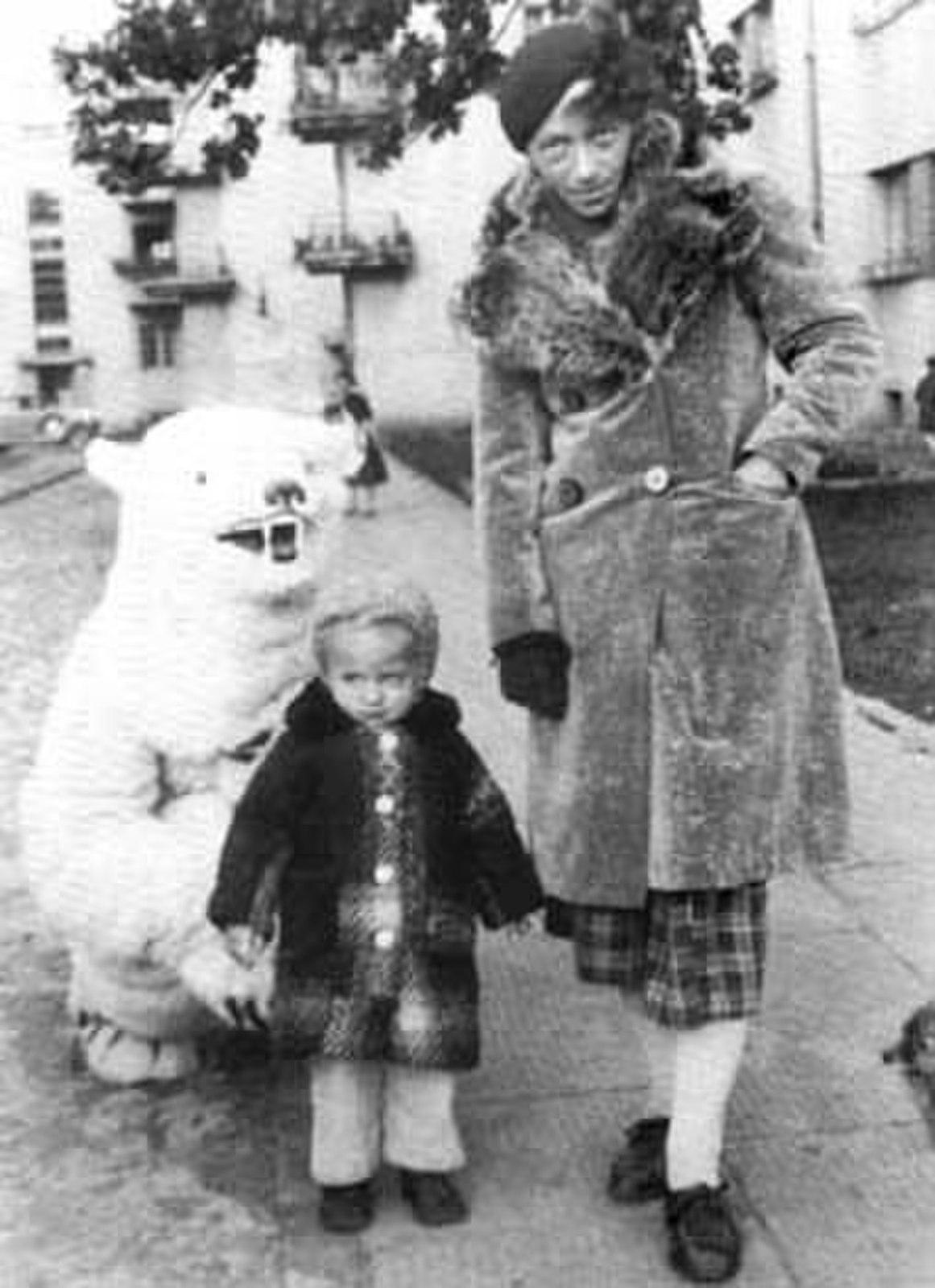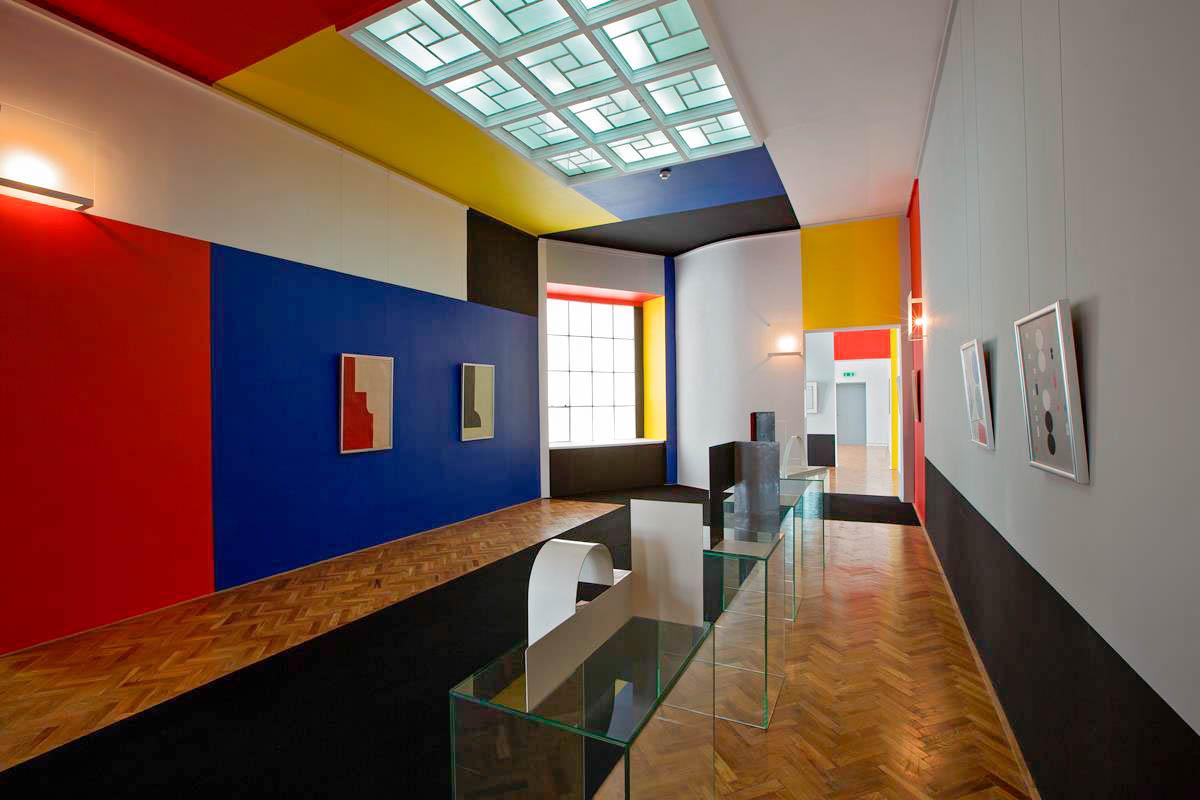Born and raised in Moskow, the artist was able to remain in Russia long enough to meet and marry her husband, attend and complete art school, and execute her first round of important artworks. She was unfortunately forced to flee the country in 1921 on account of her German heritage. Many of her earliest sculptures were lost during this time. Though she went on to spend most of her adult life in Poland, she was also persecuted there for her mixed lineage.
A couple of years before her family’s exile, Kobro joined the leftist artist group called the Trade Union of Painters of the City of Moscow. It is highly likely that these artists were an enormous source of inspiration for her.
Kobro and her husband were additionally involved in a handful of other prominent artistic groups of the period. Involved in leftist trends and Constructivism, they likely rubbed shoulders with creatives like Malevich and Eliezer Lisicki (El Lissitzky). The couple also co-ran a branch of UNOVIS and likely played a significant role in the establishment of new guidelines for Russian culture and art.






























